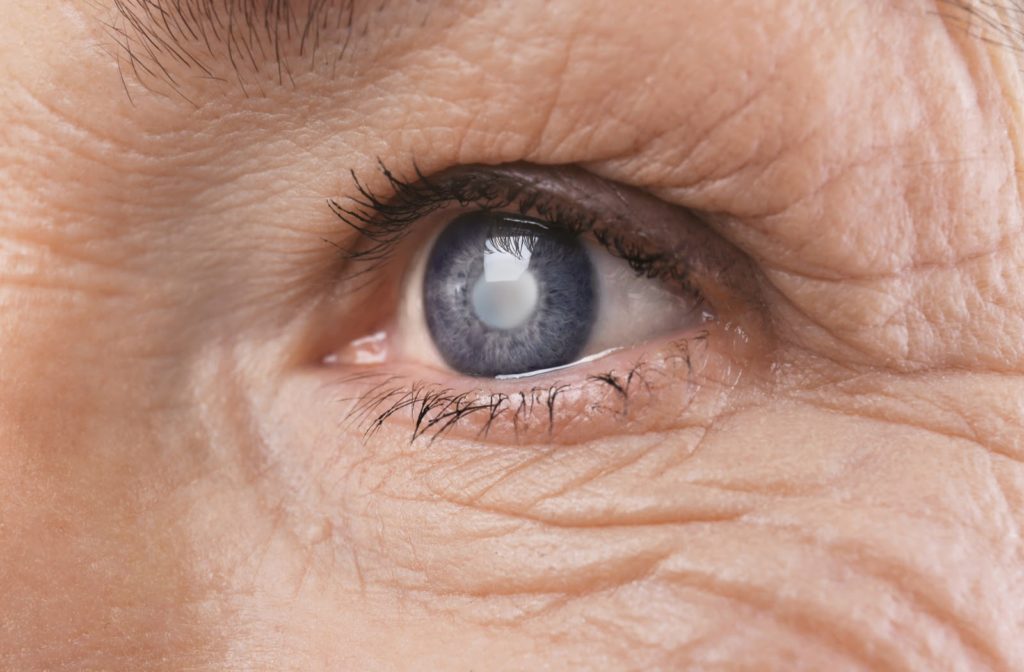Multiple forms of vision problems known as glaucoma harm the optic nerve. Clear vision depends on the optic nerve, which transmits visual data from the eye to the brain. High eye pressure is frequently associated with damage to the optic nerve. But even with normal eye pressure, glaucoma can arise. Typically, the disease develops as a result of fluid accumulation in the eye, which increases pressure and harms the optic nerve.
The prevalence of this illness is higher in older people. Typically, the disease develops as a result of fluid accumulation in the eye, which increases pressure and harms the optic nerve. The incidence of this illness is higher in older people. You can stay ahead of the disease by scheduling routine eye exams and fighting glaucoma. To learn more, visit prospect lefferts gardens glaucoma.
What Are the Forms of Glaucoma In Adults?
- Angular- Open Glaucoma
Over time, the optic nerve becomes vulnerable as a result of aging, making it less resistant to multiple types of damage, including increased eye strain. Additionally, it is possible that, with time, the pathway via which optical fluid leaves the eye weakens. The outflow channel becomes less effective, and the eye pressure gradually starts to rise.
This is the most common form of glaucoma. The iris and cornea’s drainage angles are still open. The drainage system’s performance is, however, lacking in some locations. This could lead to a progressive rise in optical pressure.
- Angular- Closure Glaucoma
When the iris enlarges, glaucoma of this kind develops. The falling iris partially or entirely blocks the drainage angle. The pressure inside the eye increases as a result, preventing liquids from passing through. Angle-closure glaucoma can develop quickly or slowly. The lens thickens as we age, which is one of the causes.
Angles that were already prone to being narrow can be made even narrower by this thicker lens. Although it is simplified too much, the angle can be defined as the angle between the cornea and the iris. A complete eye examination should be given to individuals with a family history of glaucoma. Additionally, even if your baseline eye test was normal, you should still get a checkup every few years.
- Children’s glaucoma
Glaucoma can either be present from birth or appear in the first few years of a child’s life. Although glaucoma risk is significantly increased with age, it is important to understand that genetic forms of the disease can develop in children and young adults and are detected during the first 6 to 12 months of life.
The condition is frequently discovered when a baby shows signs of congenital glaucoma, such as light sensitivity, tearing, or squeezing of the eyelids. The optic nerve may suffer damage from blocked drainage, trauma, or an underlying medical disease.




